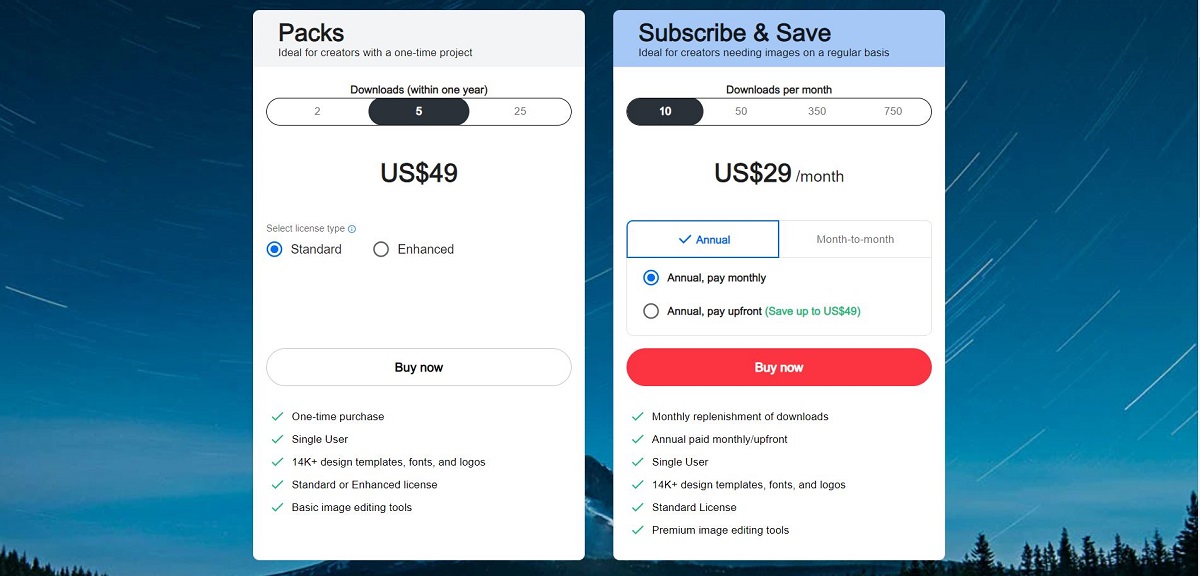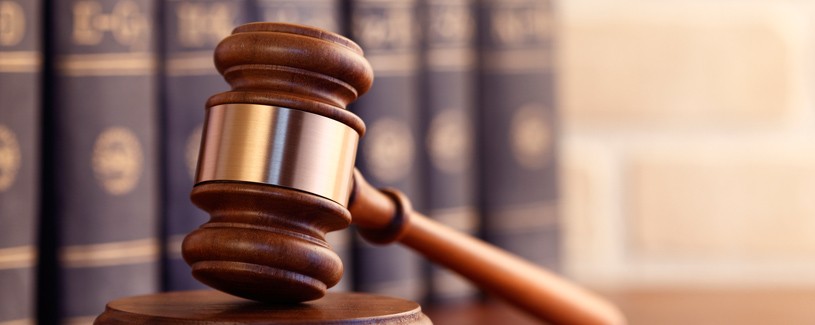Introduction
A. Overview of the topic: This blog post delves into the legal usage of Shutterstock images, focusing on the importance of adhering to licensing agreements and guidelines. Shutterstock is a leading platform for high-quality stock images, but it's essential to understand how to use these images legally to avoid copyright infringement and legal issues. This guide provides insights into Shutterstock's licensing system and best practices for legal image usage.
B. Importance of using Shutterstock images legally: Using Shutterstock images legally is crucial for businesses, marketers, designers, and individuals alike. Legal usage ensures compliance with copyright laws and licensing agreements, safeguarding against potential legal repercussions such as fines or lawsuits. It also upholds ethical standards and supports content creators by respecting their intellectual property rights and contributions.
C. Brief explanation of Shutterstock's licensing system: Shutterstock offers various licensing options that dictate how images can be used. The Standard License permits most commercial and personal uses, while the Enhanced License provides additional rights and flexibility for larger-scale projects. Understanding these licensing tiers is essential for determining the appropriate usage rights and ensuring compliance with Shutterstock's terms and conditions.
Also Read This: Meme Mastery: Creating with Imgflip Templates
Understanding Shutterstock's Licensing Options
A. Overview of licensing tiers (Standard, Enhanced, etc.): Shutterstock offers different licensing tiers to accommodate various usage needs. The Standard License is suitable for most commercial and personal projects, while the Enhanced License provides additional rights and flexibility for larger-scale projects or specific use cases. Understanding these tiers helps users choose the appropriate license for their intended usage.
B. Explanation of permitted uses under each licensing option: Each licensing option on Shutterstock comes with specific permitted uses outlined in the terms and conditions. The Standard License typically covers uses such as digital and print advertisements, websites, social media, presentations, and more. The Enhanced License may include additional uses like merchandise for resale, large print runs, and templates for resale. Users must review and comply with the permitted uses corresponding to their chosen license.
C. Examples of commercial and editorial use cases: Commercial use cases for Shutterstock images may include marketing materials, product packaging, corporate presentations, and commercial websites. Editorial use cases may involve news articles, blog posts, educational materials, and non-commercial publications. Providing examples helps users understand how they can legally utilize Shutterstock images in their projects while respecting licensing terms and conditions.

Also Read This: How to Download Freepik Premium Files for Free (2023): A Simple Trick
Legal Considerations for Commercial Use
A. Copyright and licensing basics: Understanding copyright law and licensing basics is essential for commercial use of Shutterstock images. Copyright grants exclusive rights to creators over their original works, including images. Licensing grants users permission to use copyrighted works within specified parameters. By understanding these fundamentals, users can navigate legal requirements and obligations when using Shutterstock images for commercial purposes.
B. Identifying permitted uses and restrictions: It's crucial to identify the permitted uses and restrictions associated with Shutterstock images before using them commercially. Each licensing option comes with specific terms and conditions outlining acceptable uses and prohibited actions. Users must carefully review these terms to ensure compliance and avoid copyright infringement. Common restrictions may include limitations on resale, distribution, or modification of the images.
C. Importance of obtaining the appropriate license for commercial projects: Obtaining the appropriate license is paramount for commercial projects using Shutterstock images. Choosing the correct licensing option ensures that users have the necessary rights and permissions to use the images in their intended context. Failure to obtain the appropriate license can result in legal consequences, including copyright infringement claims and financial penalties. By securing the right license, users protect themselves and their businesses while respecting the rights of content creators.

Also Read This: The Ultimate Guide: How to Earn Money from ShareChat like a Pro
Steps to License and Use Shutterstock Images Legally
A. Browsing and selecting images on Shutterstock:
- Navigate to the Shutterstock website and log in to your account.
- Use the search bar or browse through categories to find the desired images.
- Click on an image thumbnail to view its details, including resolution, licensing options, and pricing.
- Review the image carefully to ensure it meets your project requirements.
B. Choosing the appropriate licensing option for your project:
- Evaluate your project's intended use and select the licensing option that best aligns with your needs.
- Consider factors such as the scope of distribution, intended audience, and resale potential.
- Choose between the Standard License and the Enhanced License based on your project's requirements and budget.
C. Completing the licensing process and downloading the image:
- Once you've selected an image and licensing option, click on the corresponding license type.
- Review the licensing terms and conditions to ensure compliance with your intended use.
- Proceed to the checkout process and complete the payment for the selected license.
- After payment is confirmed, you'll receive a confirmation email with a link to download the licensed image.
- Download the image file and store it in a secure location for use in your project. Ensure that you comply with the licensing terms and restrictions outlined in the agreement.









































